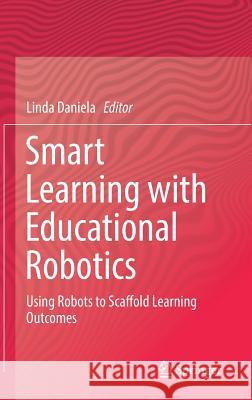Smart Learning with Educational Robotics: Using Robots to Scaffold Learning Outcomes » książka
topmenu
Smart Learning with Educational Robotics: Using Robots to Scaffold Learning Outcomes
ISBN-13: 9783030199128 / Angielski / Twarda / 2019 / 346 str.
Smart Learning with Educational Robotics: Using Robots to Scaffold Learning Outcomes
ISBN-13: 9783030199128 / Angielski / Twarda / 2019 / 346 str.
cena 524,53
(netto: 499,55 VAT: 5%)
Najniższa cena z 30 dni: 501,19
(netto: 499,55 VAT: 5%)
Najniższa cena z 30 dni: 501,19
Termin realizacji zamówienia:
ok. 22 dni roboczych
Bez gwarancji dostawy przed świętami
ok. 22 dni roboczych
Bez gwarancji dostawy przed świętami
Darmowa dostawa!
Kategorie:
Kategorie BISAC:
Wydawca:
Springer
Język:
Angielski
ISBN-13:
9783030199128
Rok wydania:
2019
Wydanie:
2019
Ilość stron:
346
Waga:
0.70 kg
Wymiary:
23.39 x 15.6 x 2.24
Oprawa:
Twarda
Wolumenów:
01
Dodatkowe informacje:
Wydanie ilustrowane











